Natural Heritage Division
JUNG Seungho
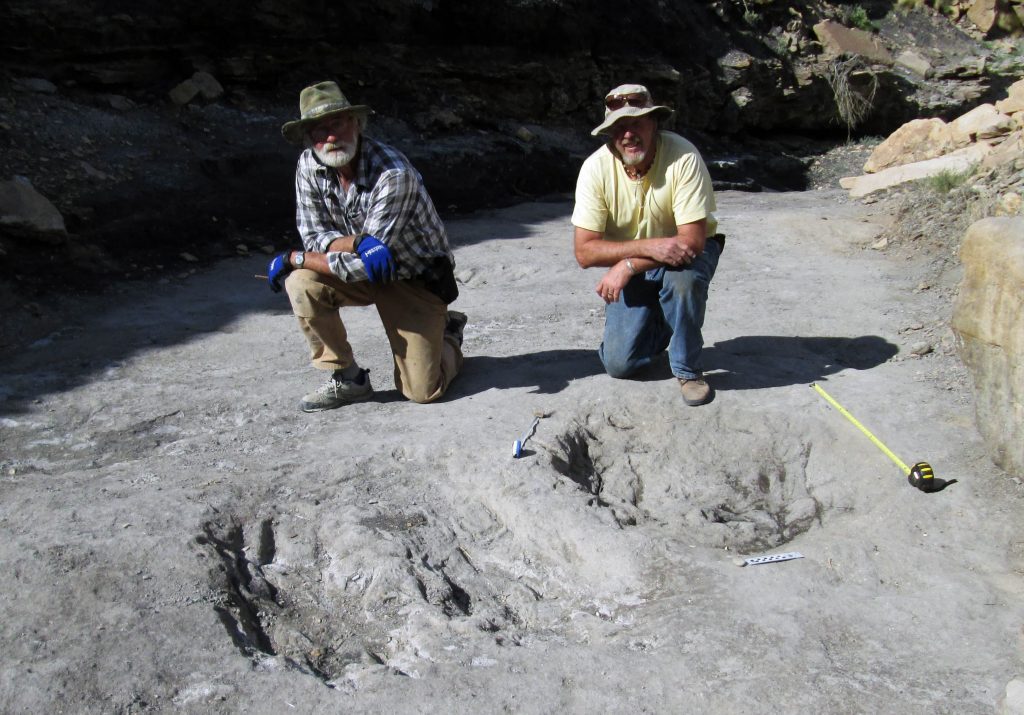

January 2016 started with a sensational natural science news report shared by 2.2 billion people worldwide. The news covered how paleontologists proved, for the first time, the existence of male courtship behavior associated with the previously veiled mating of carnivorous dinosaurs in the Mesozoic Era1. This breakthrough was based on trace fossils discovered in Colorado, U.S.A., from rocks formed in the Cretaceous period (about 100 million years ago). These fossils provided direct evidence that confirmed the existence of sexual selection by female dinosaurs in dinosaurian mating.
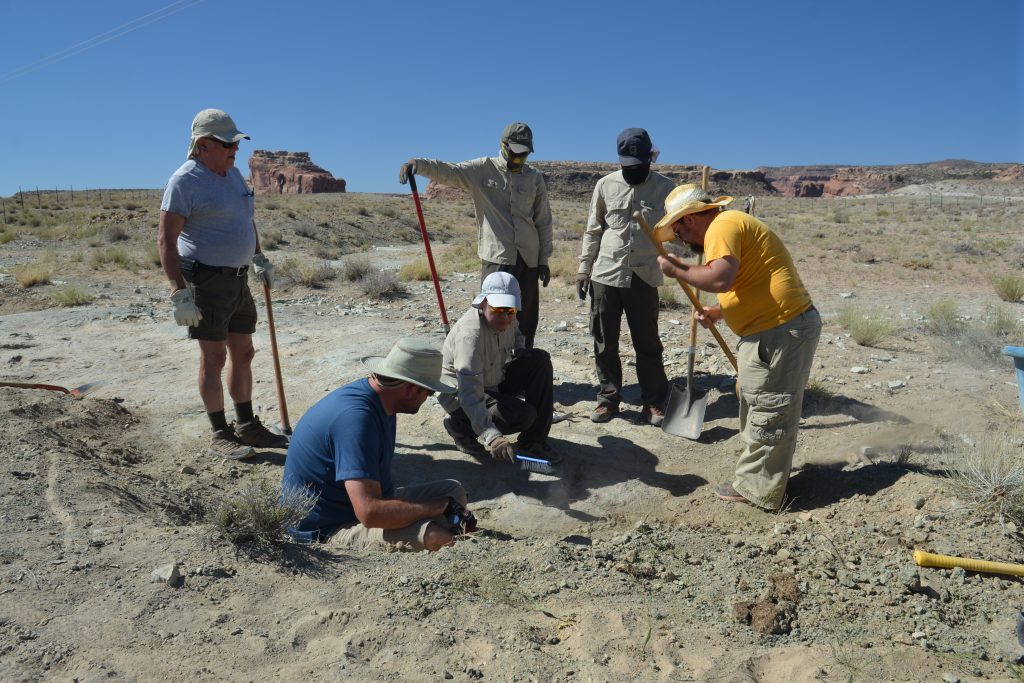

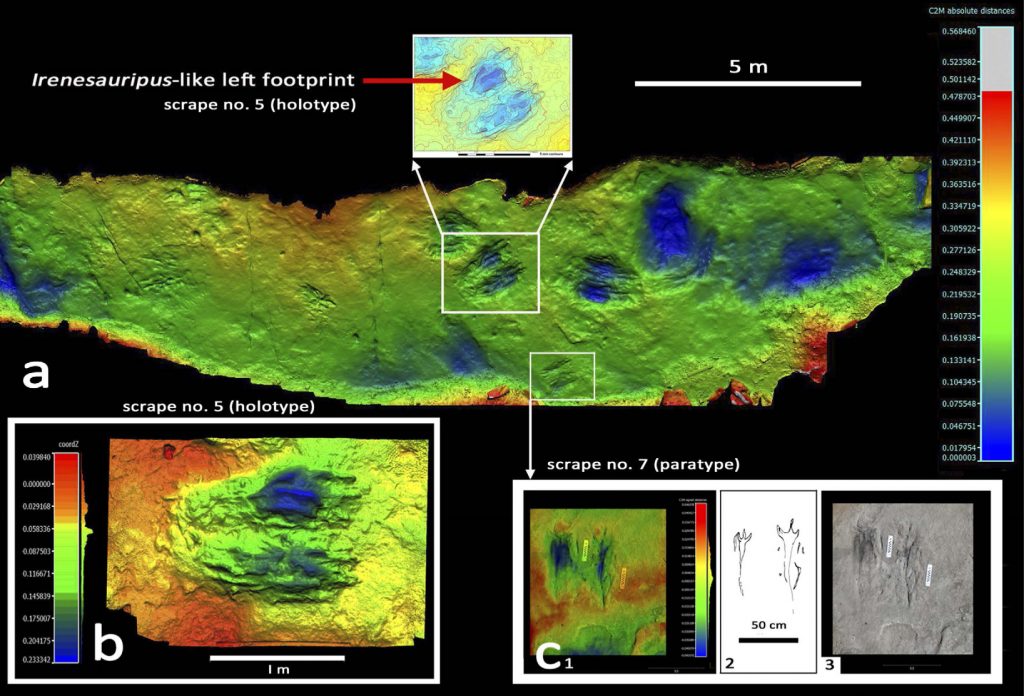

a) A 3D color image of Roubideau Creek
b) An enlarged image of a holotype scrape mark (Ostenichnus bilobatus)
c) A detailed image of Scrape No. 7 (paratype) in the shape of a carnivorous dinosaur’s footprint
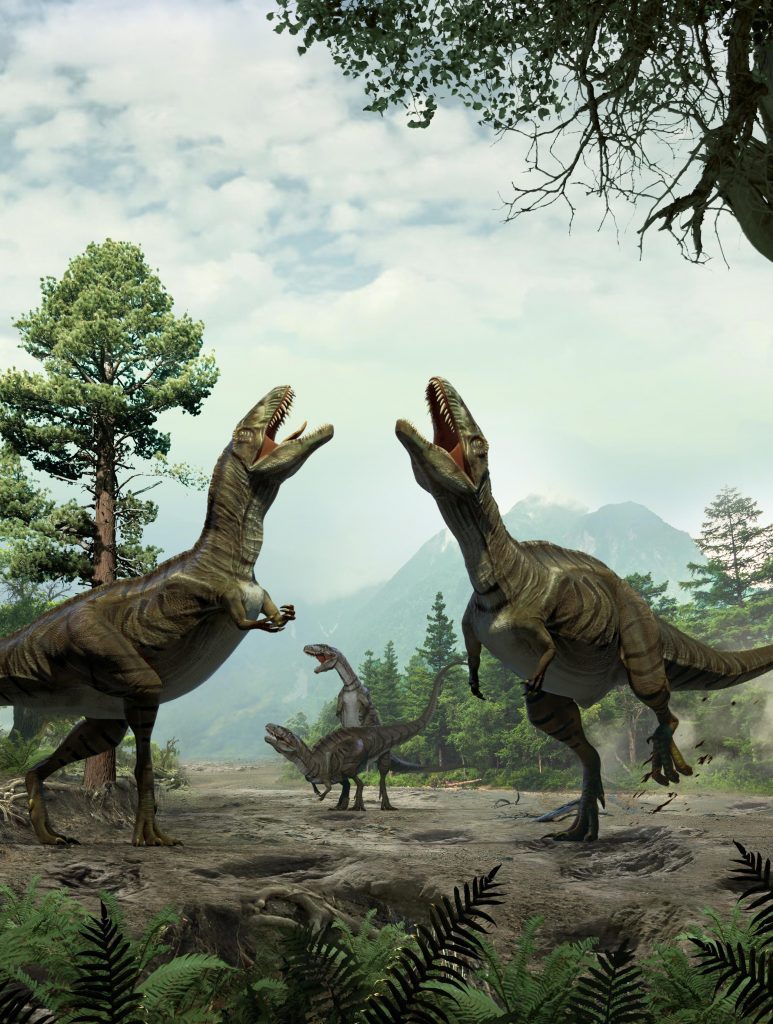

Joint International Research for UNESCO World Natural Heritage Inscription
While Korea was preparing to nominate five dinosaur track sites on the country’s southern coast as a UNESCO Natural Heritage site, collectively under the name “Korea Cretaceous Dinosaur Coast,” the World Heritage Committee and the International Union for Conservation of Nature (IUCN) pointed out a lack of comparative international studies. In response, the NRICH signed an MoU with the University of Colorado for Korea–U.S. joint research and conducted an international research project on dinosaur tracks (2011–2014). The research team carried out excavations at representative dinosaur tracksites in Utah and western Colorado and engaged in extensive research with their representative achievement being the aforementioned findings on dinosaurian courtship behavior.
Along with neighboring Spain, Portugal is well known for its 11 dinosaur tracksites from the Jurassic and Cretaceous periods of the Mesozoic era, collectively referred to as the Dinosaur Ichnites of the Iberian Peninsula (Portuguese: Icnitos de Dinossaurios da Peninsula Iberica [IDPI]). To tap these resources, the NRICH signed an MoU with the National Museum of Natural History and Science, operated by the University of Lisbon in Portugal, and conducted a joint research project (2016–2019). The research team carried out field surveys at some Portuguese dinosaur tracksites (i.e., Vale de Meios, Pedreira do Galinha, and Avelino) and secured precise and permanent data on major dinosaur footprints by utilizing drone aerial photography, detailed drawings, and 3D scanning. This contactless approach minimized damage to the original fossils while allowing the collection of materials for future comparative research and the creation of replicas that can be utilized for research and education. Since this approach was a rarity in Portugal at the time, the demonstration of aerial photos and 3D data obtained from the study garnered much attention from joint researchers and other local people involved.
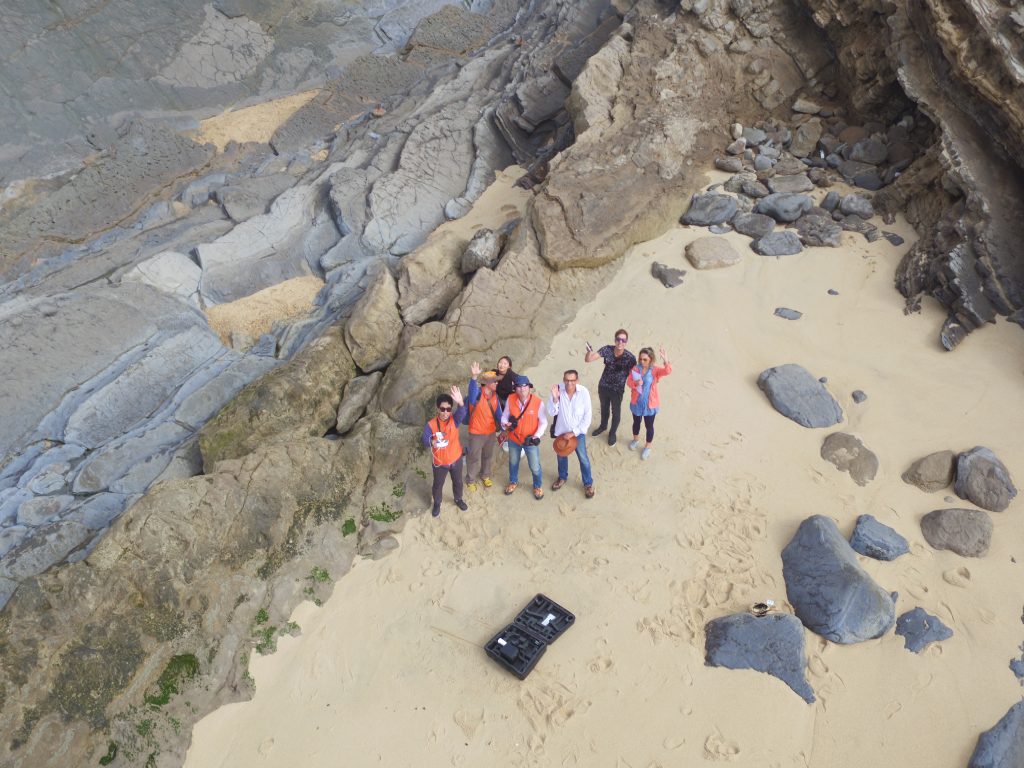



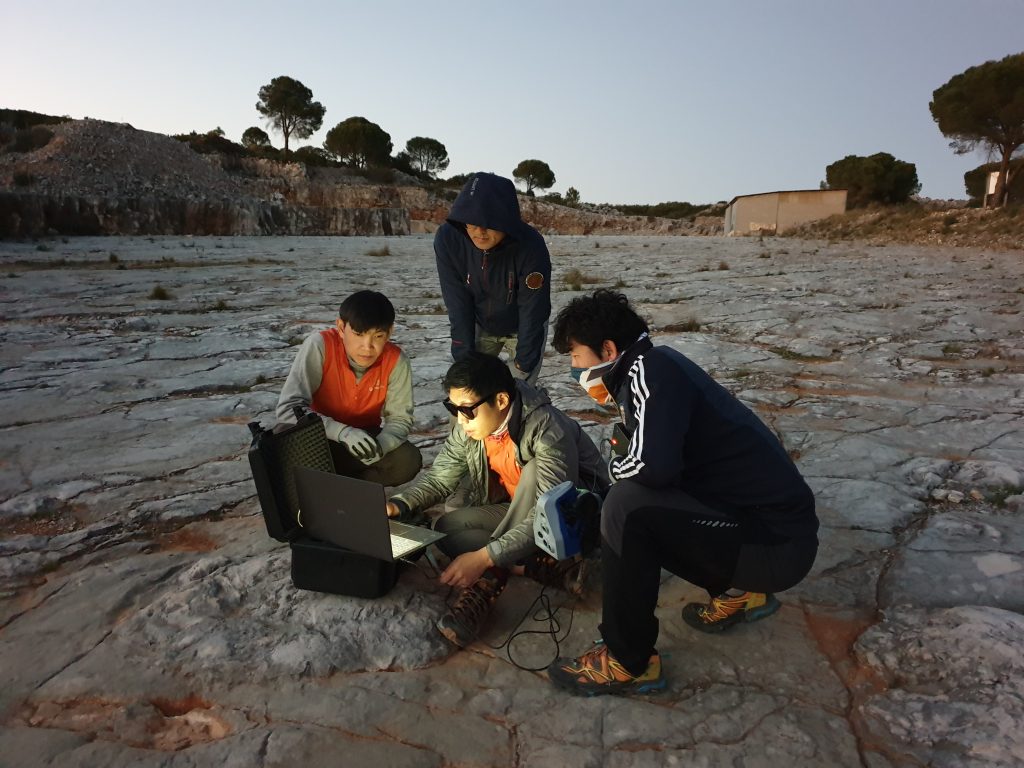

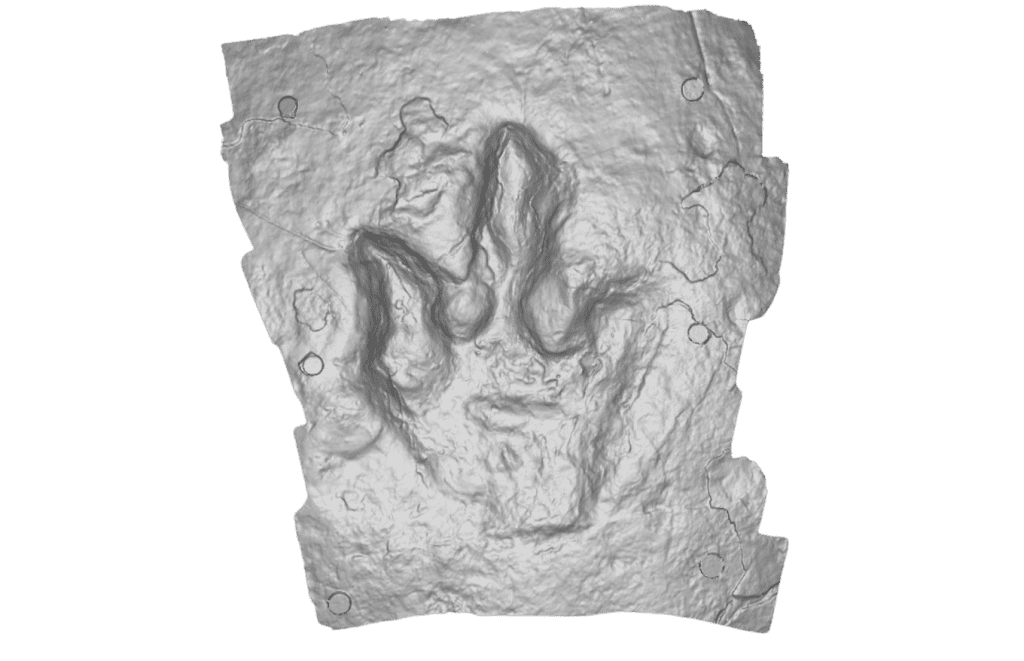

Returning Smuggled Dinosaur Fossils to Mongolia
In April 2017, an event was held to celebrate the repatriation of smuggled Mongolian dinosaur fossils from Korea to Mongolia. The return is significant because it was the first time the Korean government returned foreign cultural heritage to its country of origin. Smugglers brought the fossils to Korea via China, who bribed local people to loot them from the Gobi Desert. The return was decided after careful consideration of the Mongolian government’s position on strictly banning the export of fossils and relevant Korean and international laws. The NRICH and the Institute of Paleontology at the Mongolian Academy of Sciences are currently working on the conservation treatment, and academic research (2018–2023) relating to the 10 returned fossils, including that of Tarbosaurs bataar, a large carnivorous theropod. The research team is conducting a comparative study on dinosaur fossil sites and dinosaur egg fossils in both countries and, by late 2021, will establish a roadmap for the conservation treatment and study of Mongolian dinosaur fossils as part of a plan for long-term dinosaur research that encompasses both Mongolian and Korean dinosaur fossils.
In Korea, there are 16 dinosaur fossil sites designated and managed as Natural Monuments. Their locations include Goseong, Jinju, Sacheon, Namhae, Gyeongsangnam-do Province; Hwasun and Boseong, Jeollanam-do Province; Gunsan, Jeollabukdo Province; and Hwaseong, Gyeonggi Province. At these sites, numerous fossils were found, including the footprints of dinosaurs, pterosaurs and birds; dinosaur egg nests and skin impressions along with the footprints of lizards, crocodiles, turtles; and the bones and teeth of vertebrates2. Continued research in the future is expected to bring about new insights. NRICH’s aforementioned activities contribute to the establishment of an international network for joint natural heritage research and the attainment of materials needed for the preservation and application of Korean fossil sites that are designated as Natural Monuments. Furthermore, as part of efforts targeting the conservation and management of Korean cultural heritage, these activities suggest the Korean government’s policy direction concerning the repatriation of Korean cultural heritage overseas.


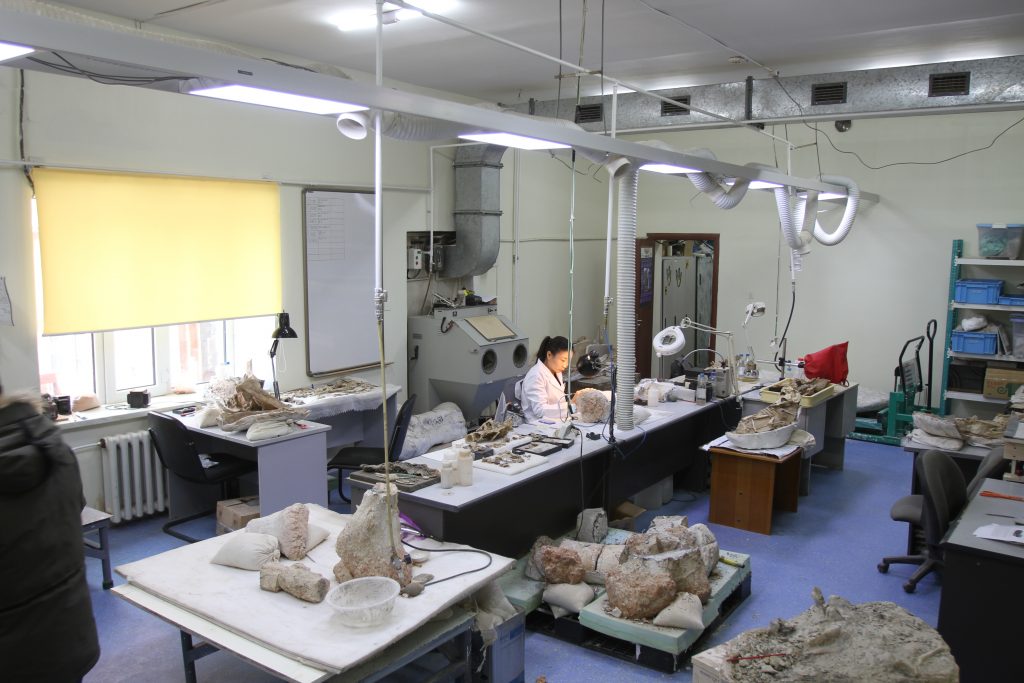



Korea–China Garden Culture Exchange via Special Photo Exhibition
In May 2019, Walking in the Old Garden, a special photo exhibition of traditional gardens in Korea and China was held in Changdeokgung Palace to celebrate the 50th anniversary of the foundation of the NRICH. The exhibition allowed visitors to compare the beauty of gardens in the two countries. Previously, NRICH hosted the first photo exhibition of Korean gardens in Beijing, China, celebrating the 25th anniversary of the establishment of diplomatic ties between Korea and China. This exhibition was a reciprocal event that followed NRICH’s signing of an MoU with the Museum of Chinese Gardens and Landscape Architecture in China and the Korean Cultural Center China to promote garden culture exchanges and cooperation in conservation treatment. In addition to these exhibitions, Korea–China–Japan joint research is underway as part of a comparative study of representative cases of the conservation and management of traditional East Asian gardens and to discuss tasks required for further progress.
In this respect, NRICH strives to discover and preserve the value of Korean natural heritage by promoting diverse international cooperation projects.


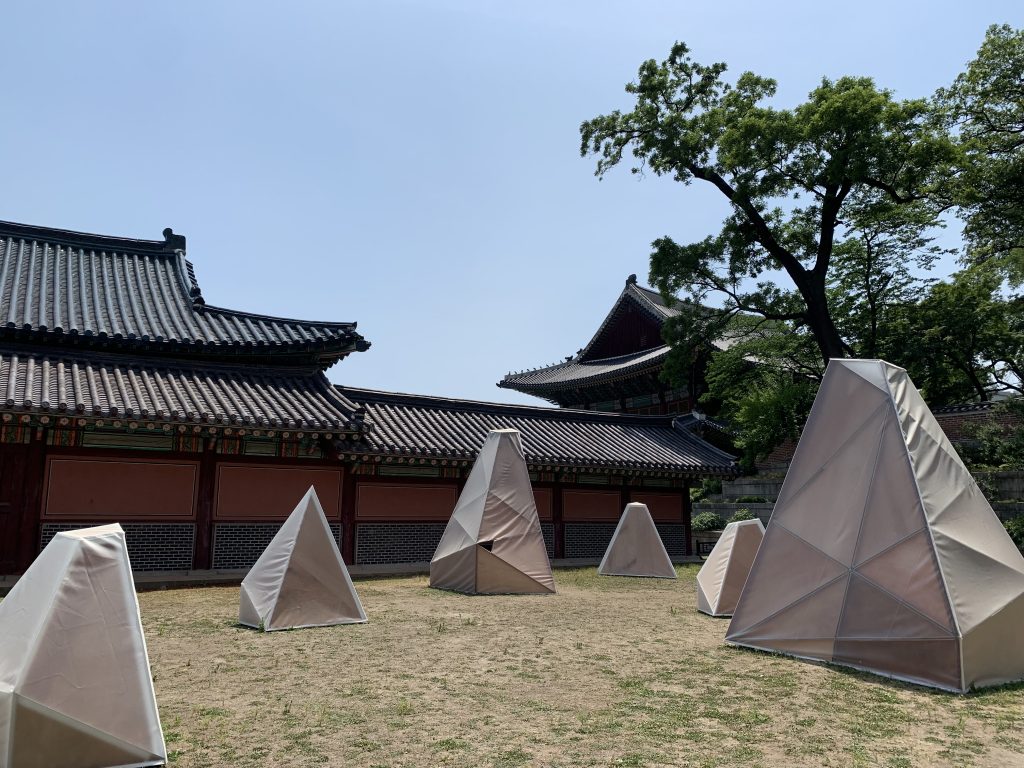

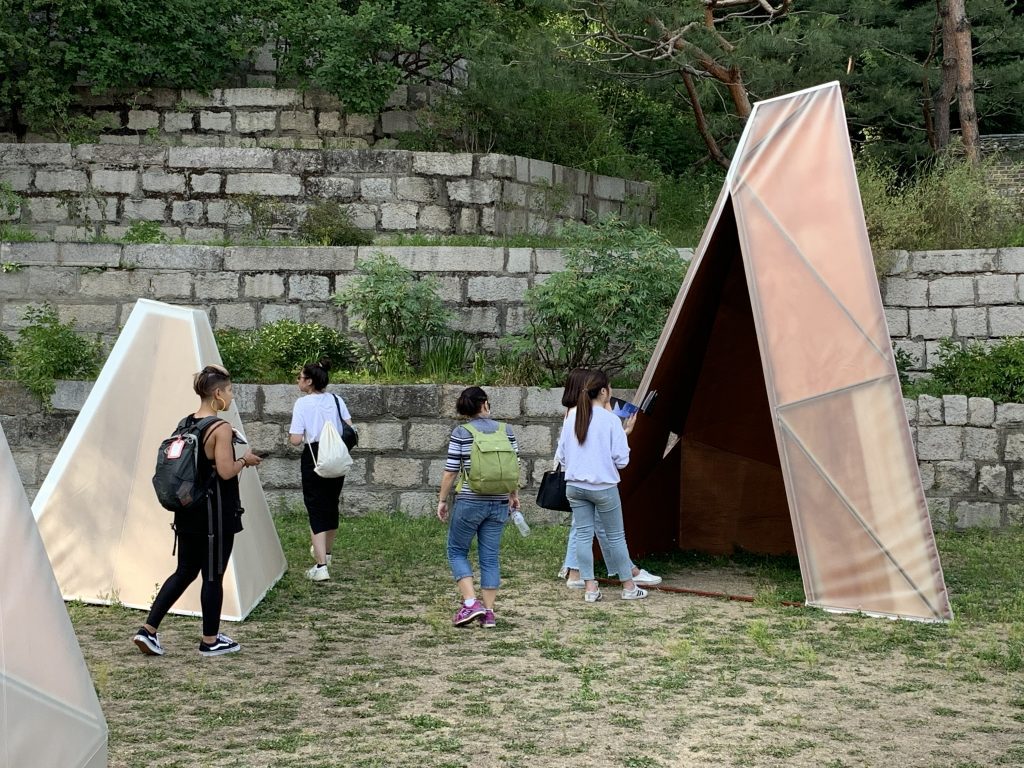

1) Theropod courtship: large scale physical evidence of display arenas and avian-like scrape ceremony behaviour by Cretaceous dinosaurs, Scientific Reports, 6, 18952.


2) The first possible choristoderan trackway from the Lower Cretaceous Daegu Formation of South Korea and its implications on choristoderan locomotion, Scientific Reports, 10, 14442.



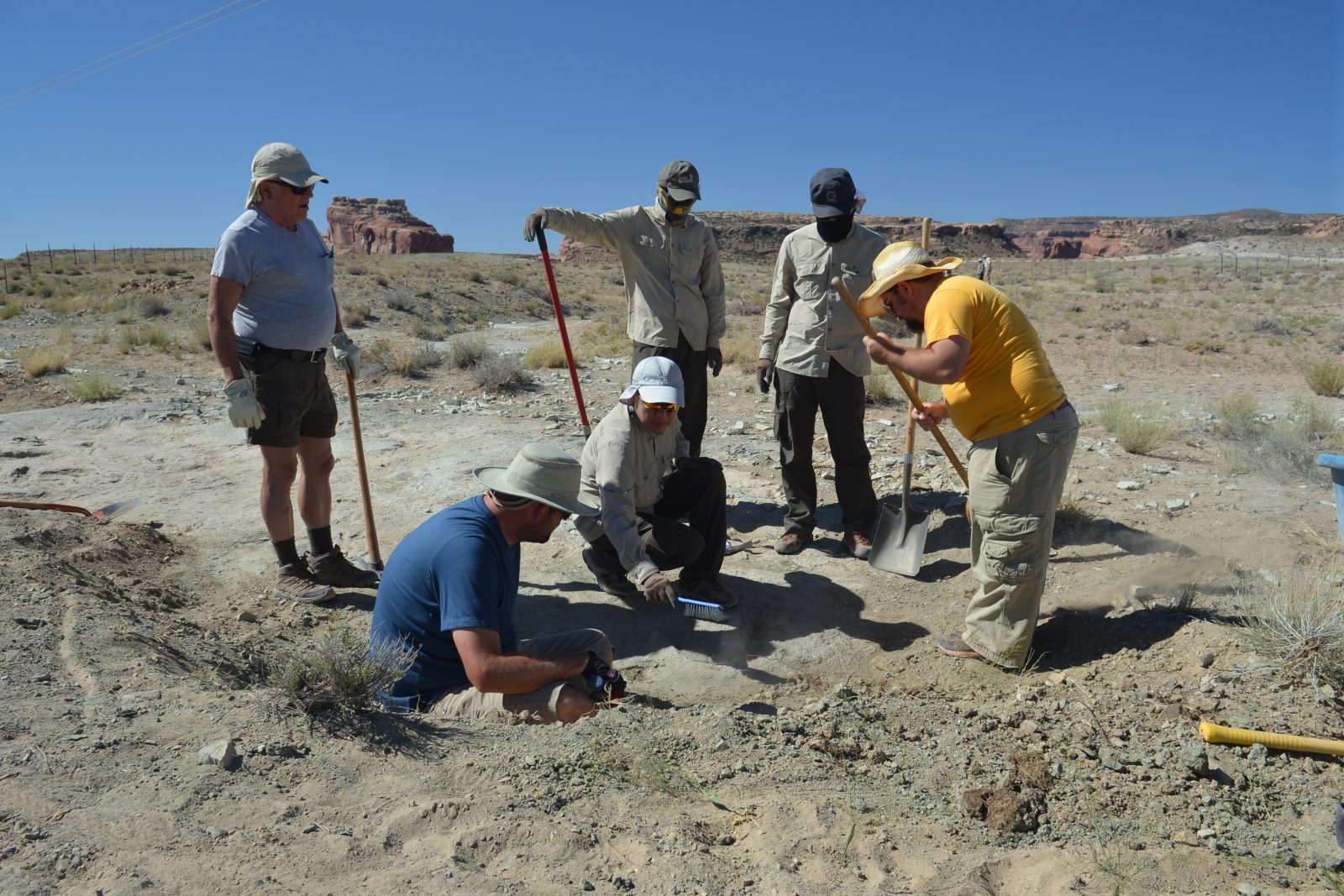
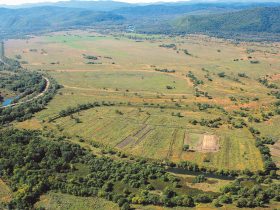
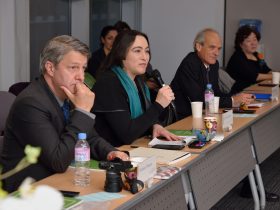
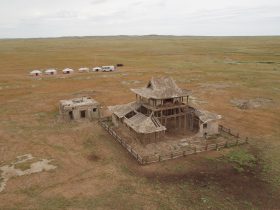
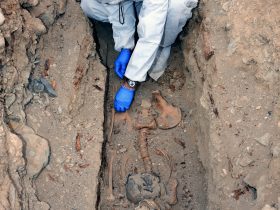
Leave a Reply